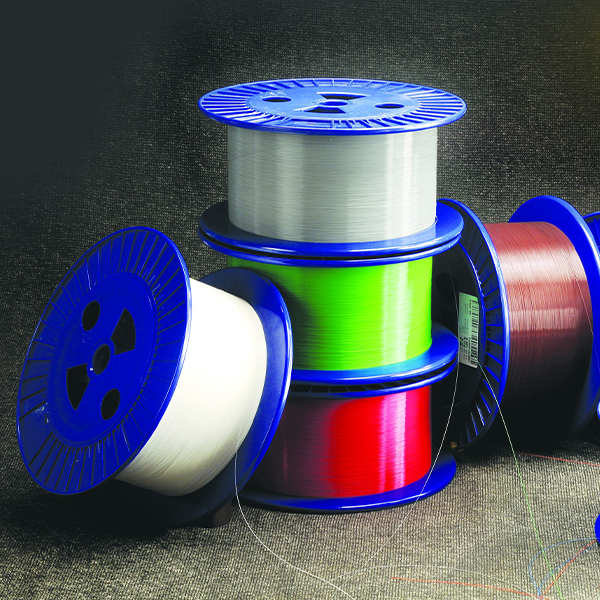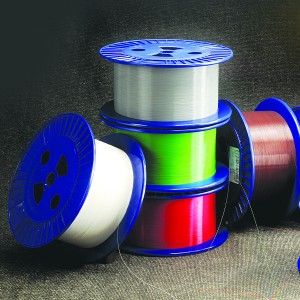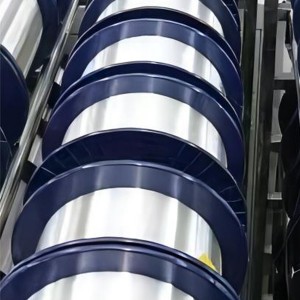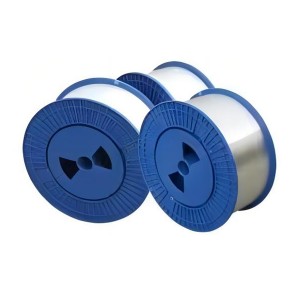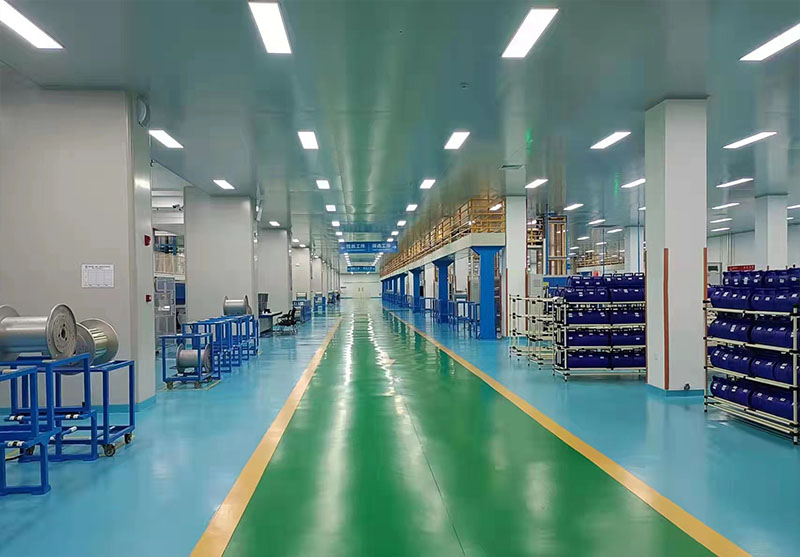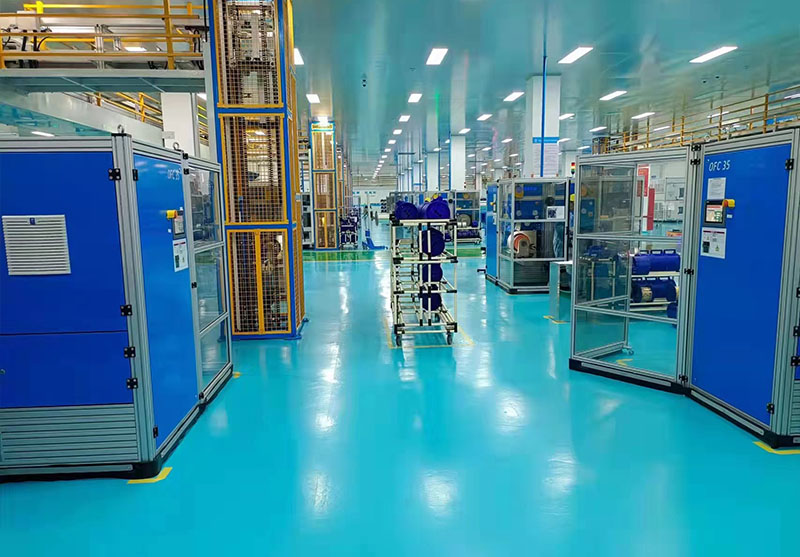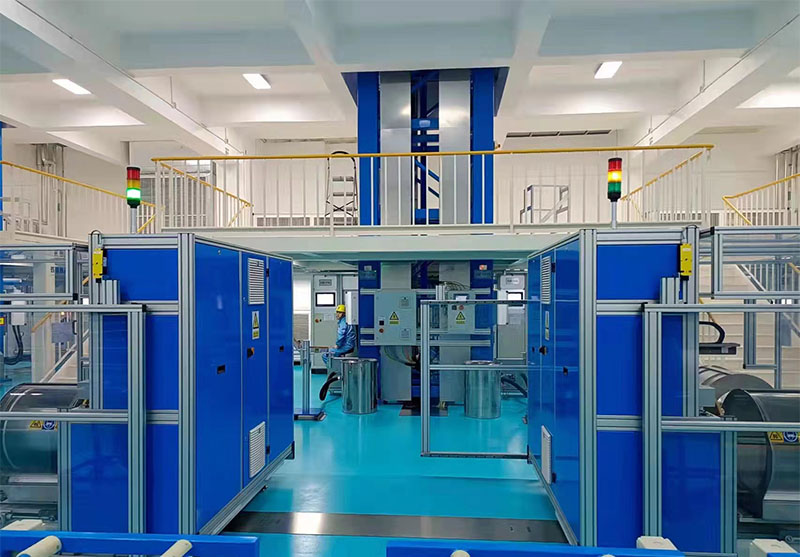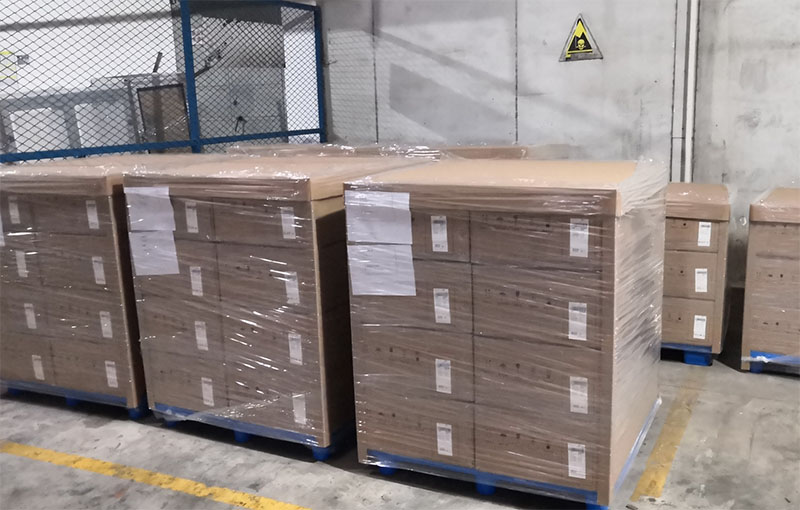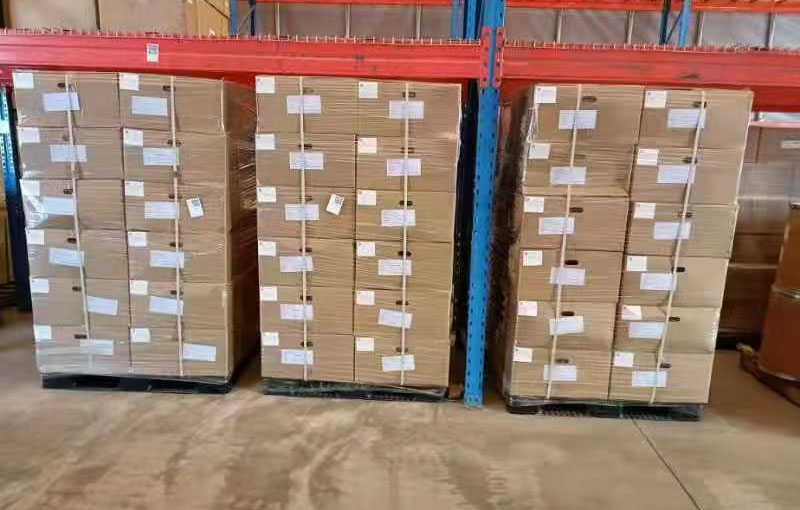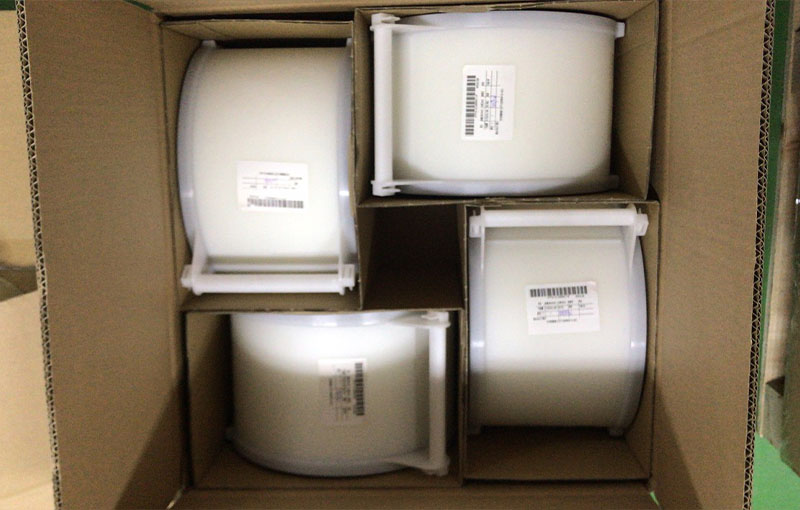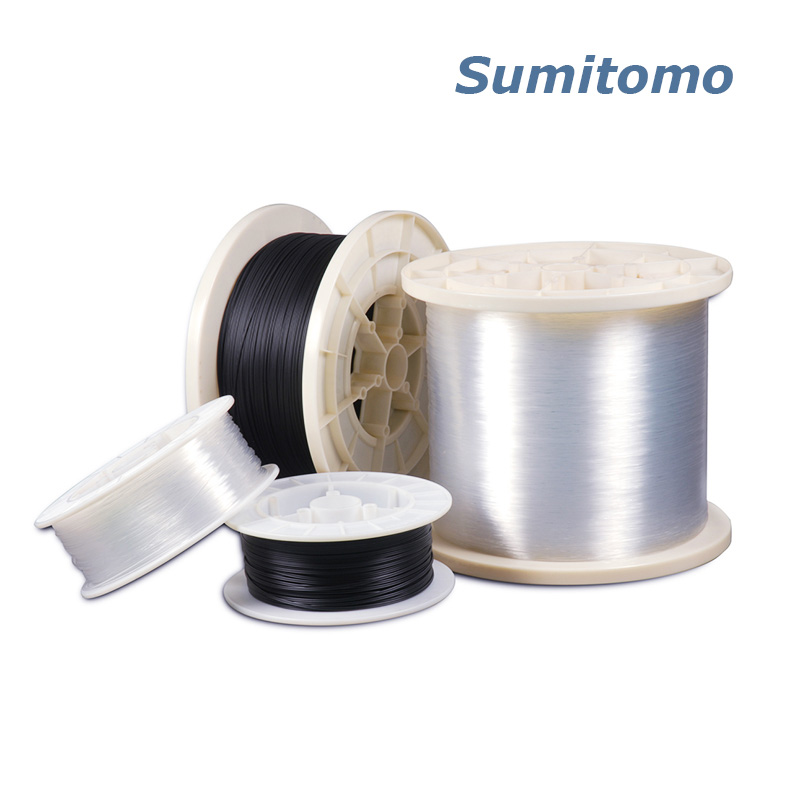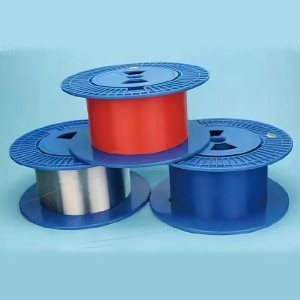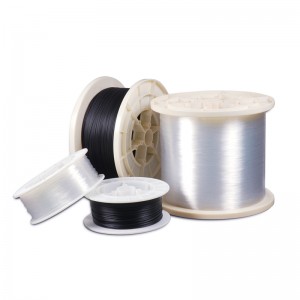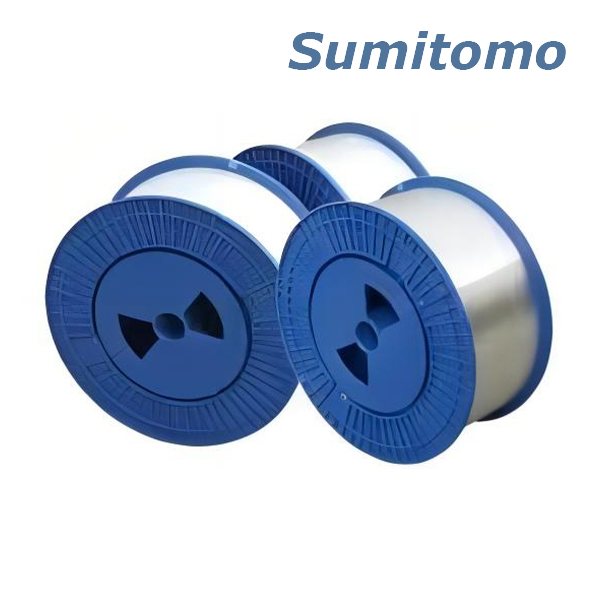1. Suitable for all kinds of fiber optic cable structure: central beam tube type, loose sleeve layer stranded type, skeleton type, fiber optic cable structure;
2. Applications of fiber optics include: fiber optic systems requiring low loss and high bandwidth; It is especially suitable for MAN soft optical cable, small package optical fiber device, optical fiber coupler and other special applications;
3. This type of fiber is suitable for O, E, S, C and L bands (that is, from 1260 to 1625nm). This type of optical fiber is fully compatible with G.652D fiber. The specifications for bending loss and compact space are mainly improved, both to improve connectivity;
4. It can support the installation of small half-diameter and small volume optical fiber processing systems in telecommunication office stations and customer locations in residential buildings and individual dwellings.
